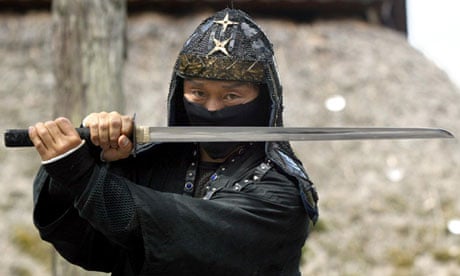Ninjas emerged in Japan in the late middle ages in a rural area near Kyoto. The word comes from the Chinese, "rěn zhě", one who endures or hides. For John Man, the last true ninja was Hiroo Onoda, the Japanese soldier who held out in the forested hills of the Philippines, "close to civilisation but apart from it", for 30 years after the end of the war. Ninjas were originally farmers who were forced to defend themselves in "a world of ambitious lords and marauding armies". This is an immensely entertaining history, packed with splendidly blood-thirsty tales of derring-do, feats of endurance and self-sacrifice. But as well as fighting skills, guile and subterfuge were also essential: "A well-trained ninja looks like a very stupid man," says one ninja manual. Their history is now obscured by myth, which Man tries valiantly to dispel. Apparently, they didn't wear black but dark blue. And it's not clear whether they ever used the lethal shuriken or throwing-stars, the ninja's weapon of choice in movies and manga. But Man is philosophical: today "fantasy is crucial for the survival of ninjas".

Ninja: 1,000 Years of the Shadow Warriors by John Man – review
This article is more than 10 years old
This is an entertaining history packed with blood-thirsty tales of derring-do, feats of endurance and self-sacrifice
Explore more on these topics
Comments (…)
Sign in or create your Guardian account to join the discussion